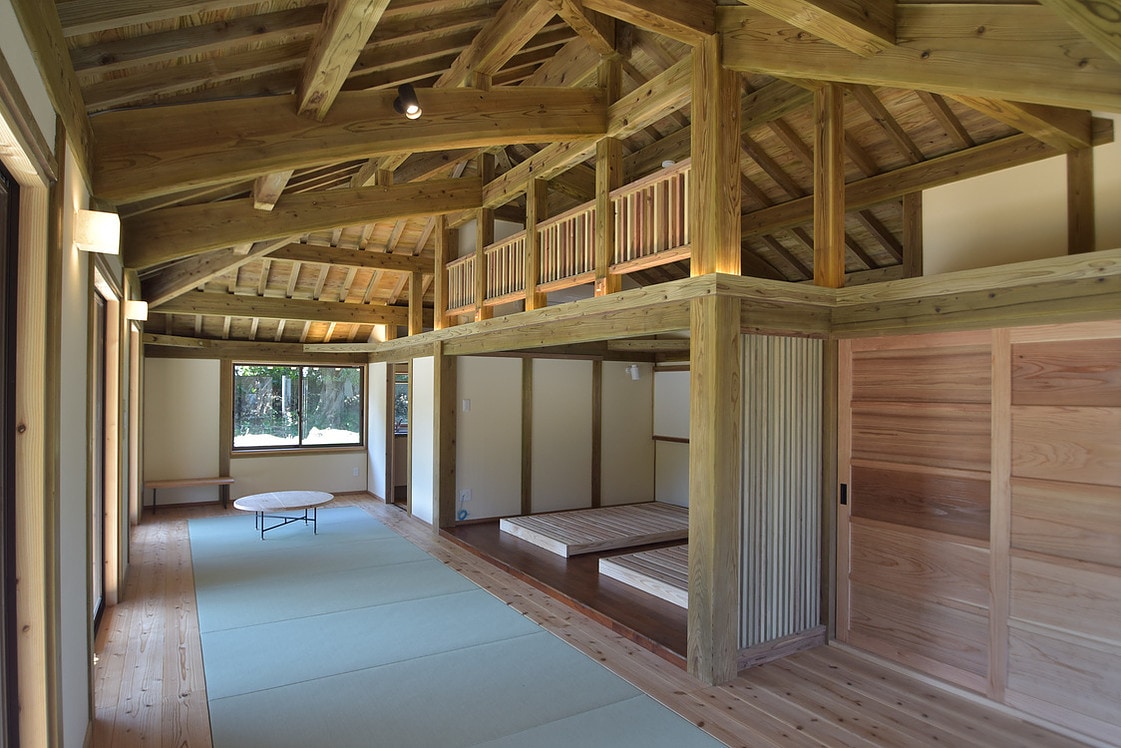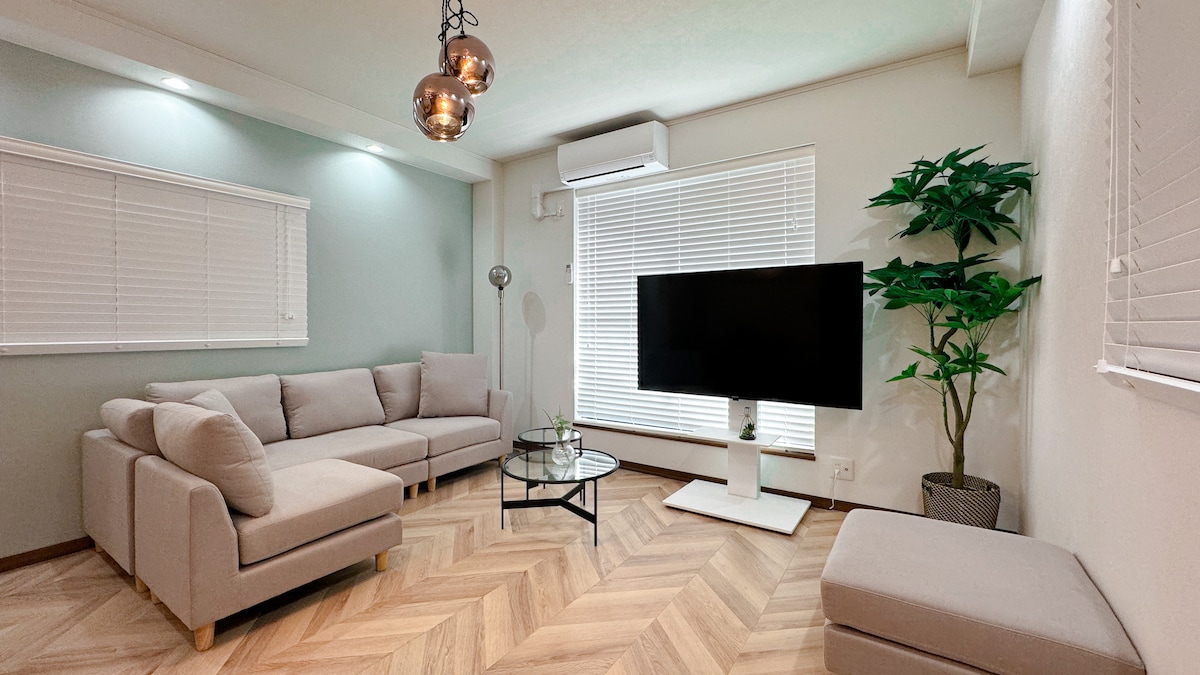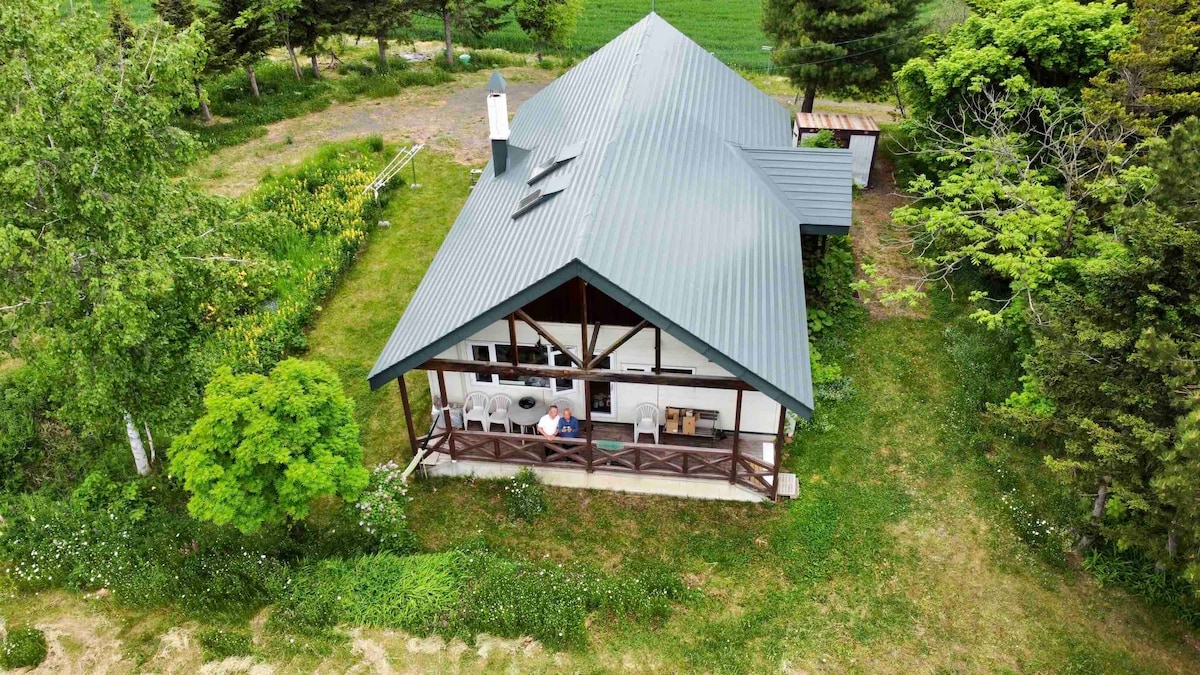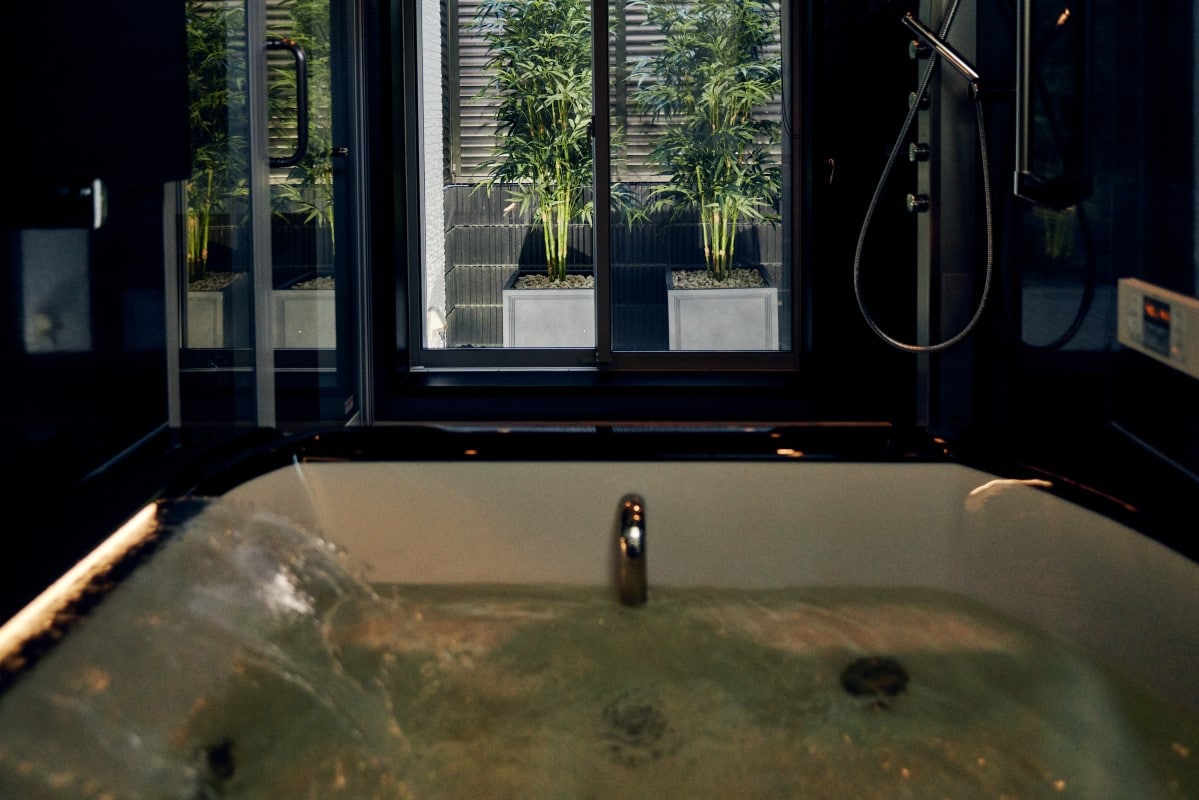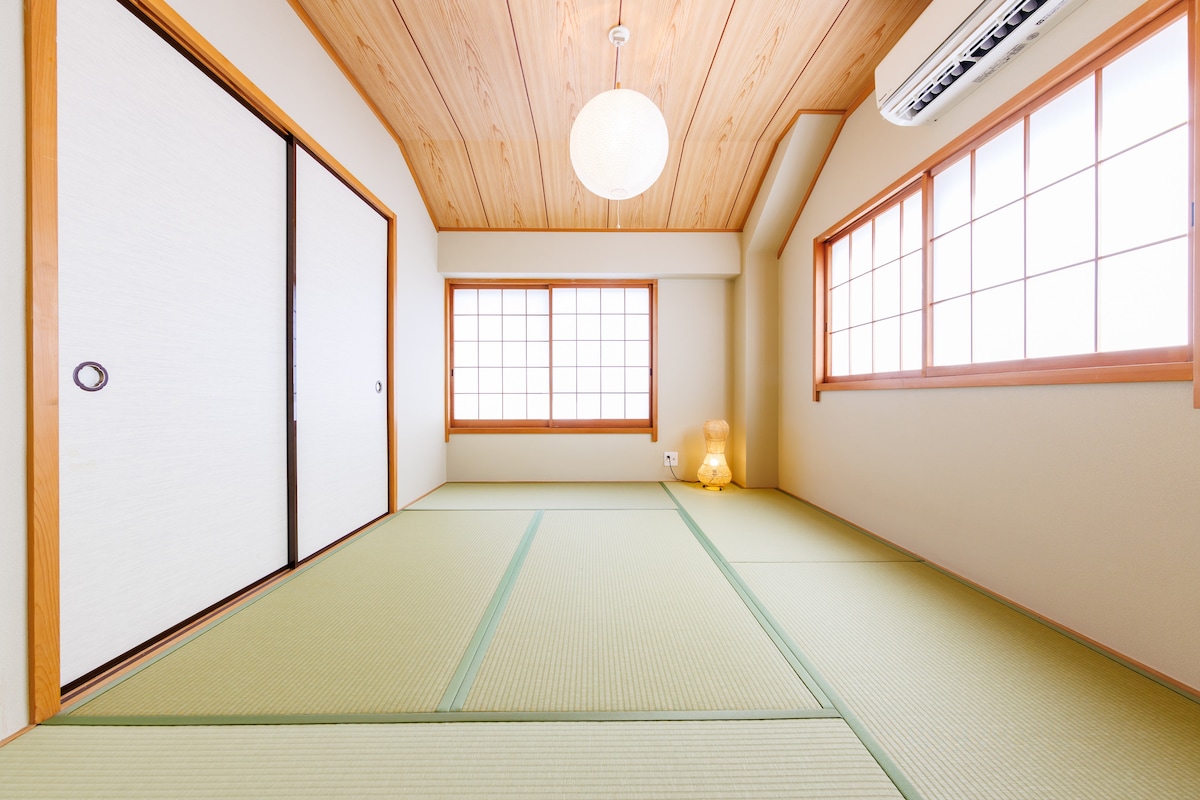
Places to stay in Japan
Book unique places to stay, houses, and more on Airbnb
Top-rated places to stay in Japan
Guests agree: these places to stay are highly rated for location, cleanliness, and more.
Vacation rentals for every style
Get the amount of space that is right for you
Popular amenities for Japan places to stay
Homes in Japan

Spacious 198m2/2BA/Namba Osaka 20min/Station 2min
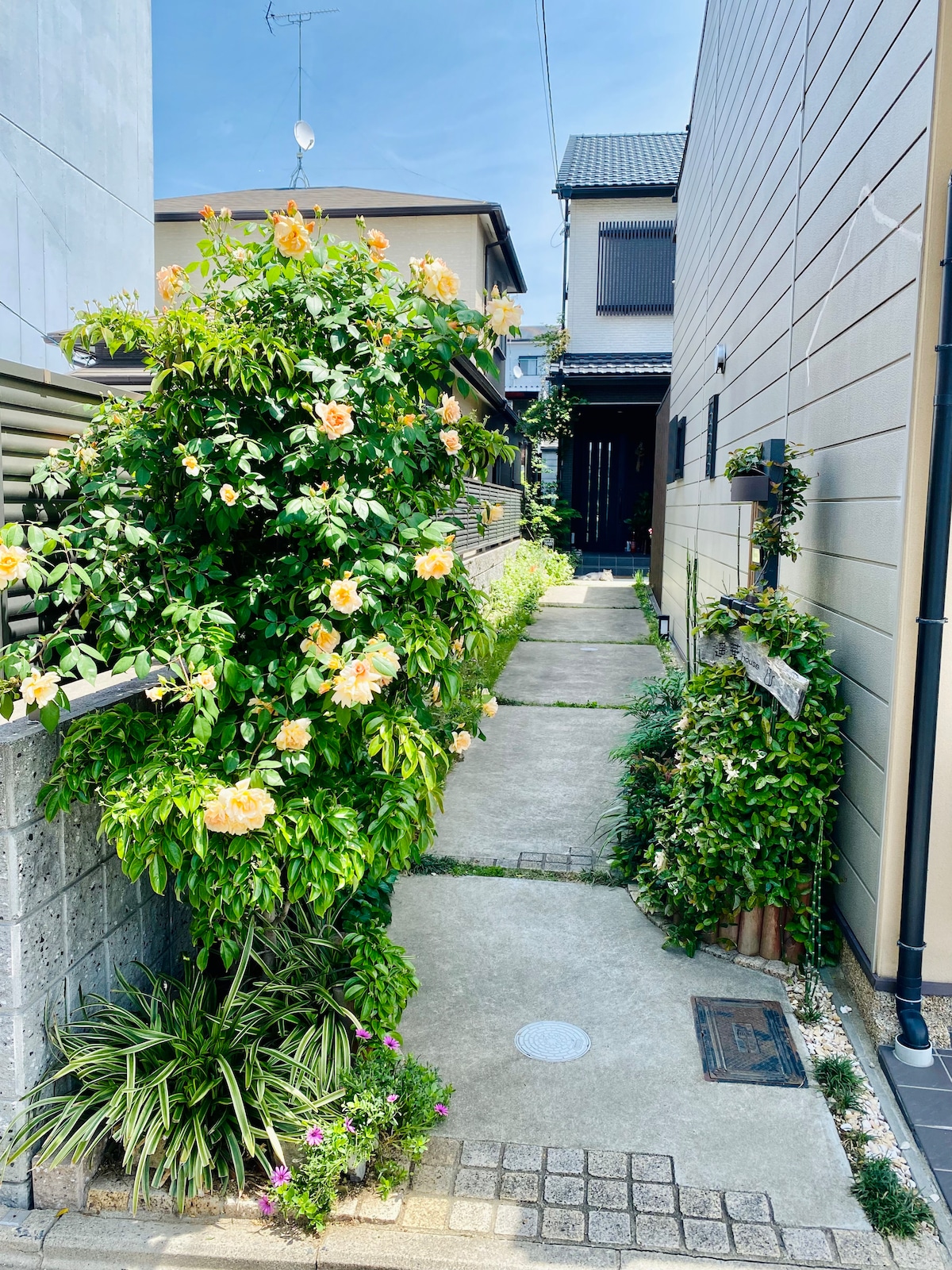
遥華~house /Central area for couple /西院駅5分
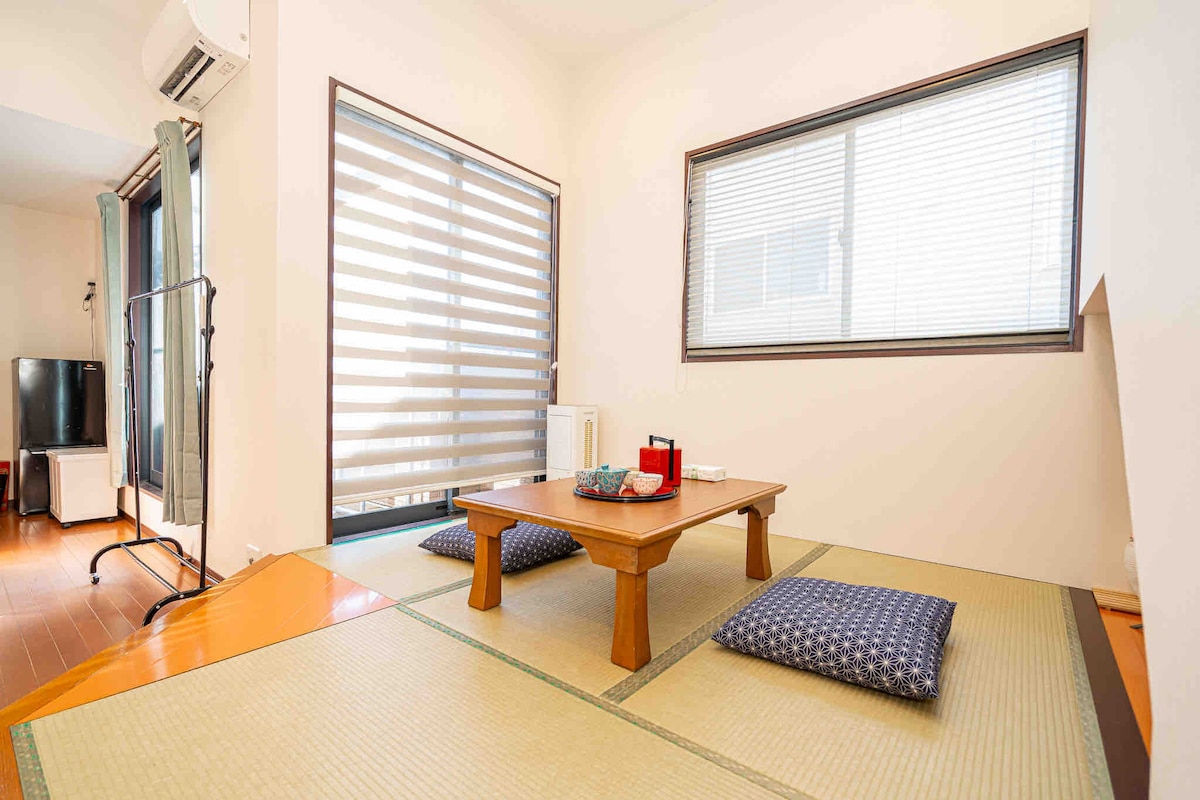
Sky Tree Stay Hotel, 4-minute walk from Keisei Hikifune Station, detached house with parking, very convenient location
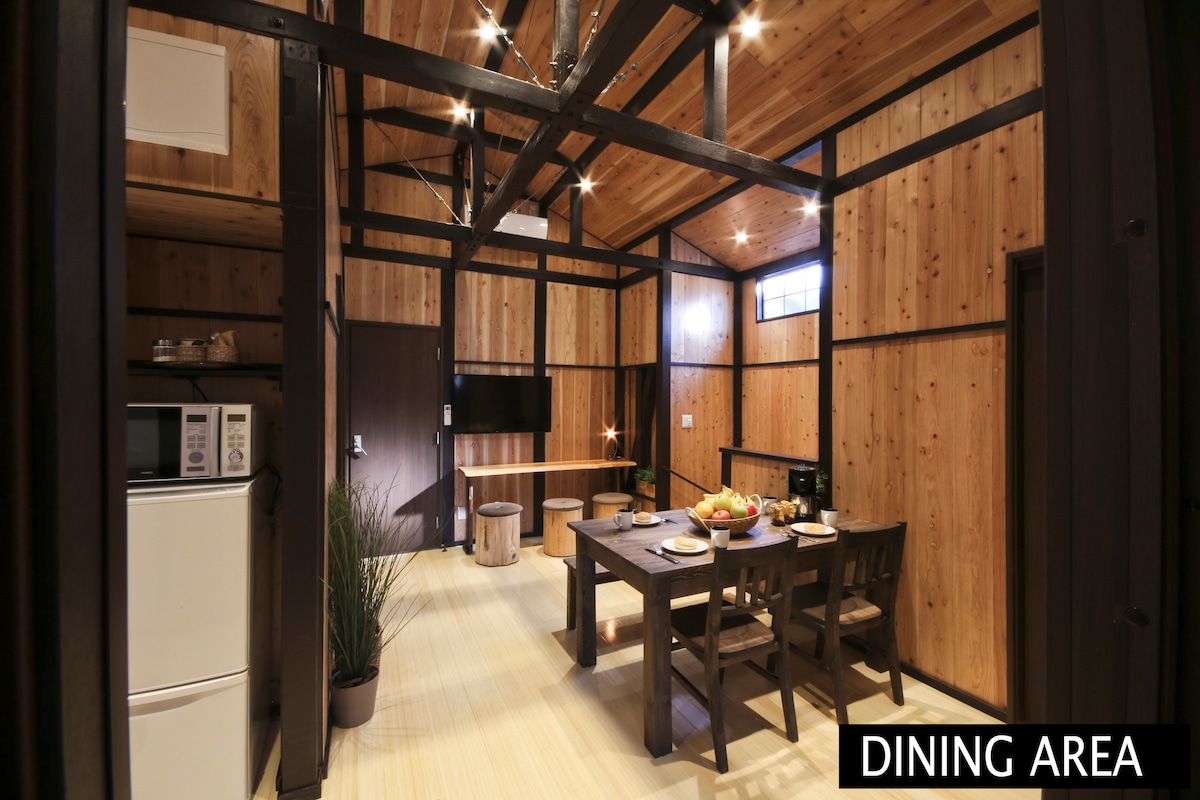
3 Bedroom+2 toilets , Bamboo House

Hygienicwatersupply/1 station to Shinjuku/5 min.

Near Hakone-Romantic Canadian House
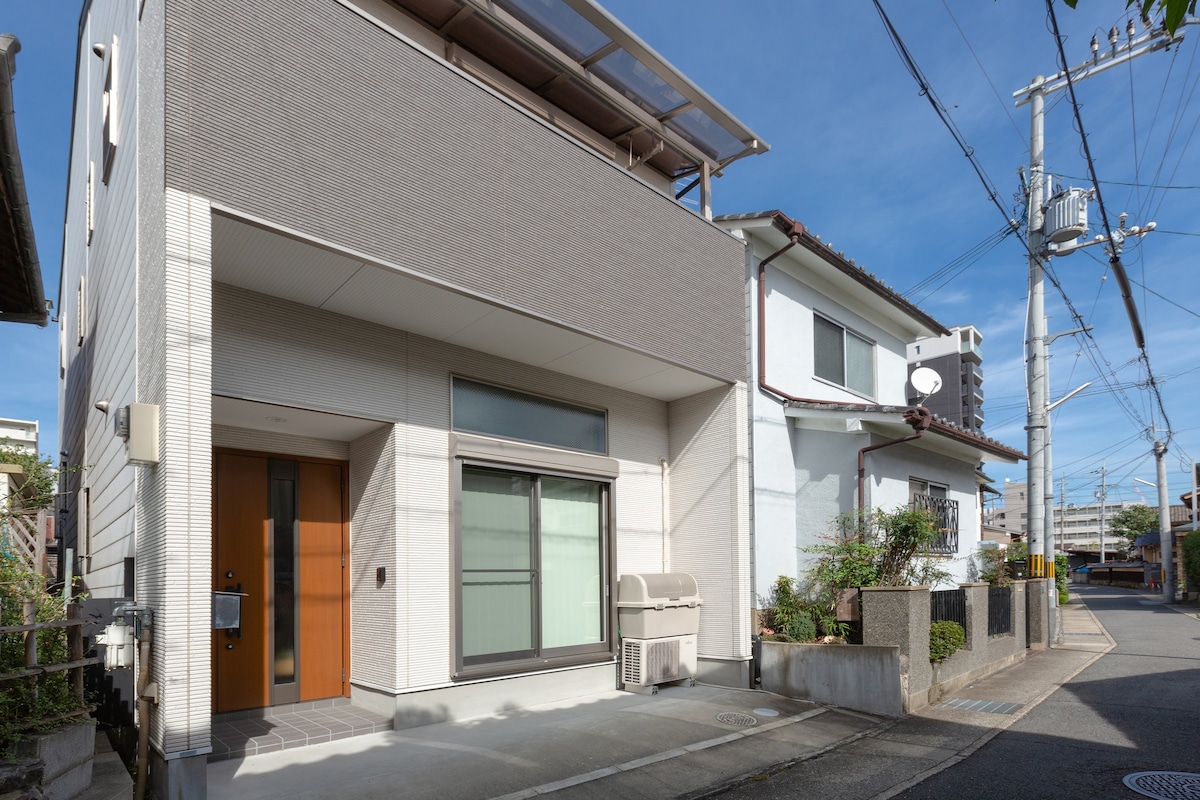
四季の宿~New house Well located next to Kyoto Sta.

Cosy house in a small village. Hiking, cycling.
Villas in Japan

Beautiful Villa in Toshima Tokyo
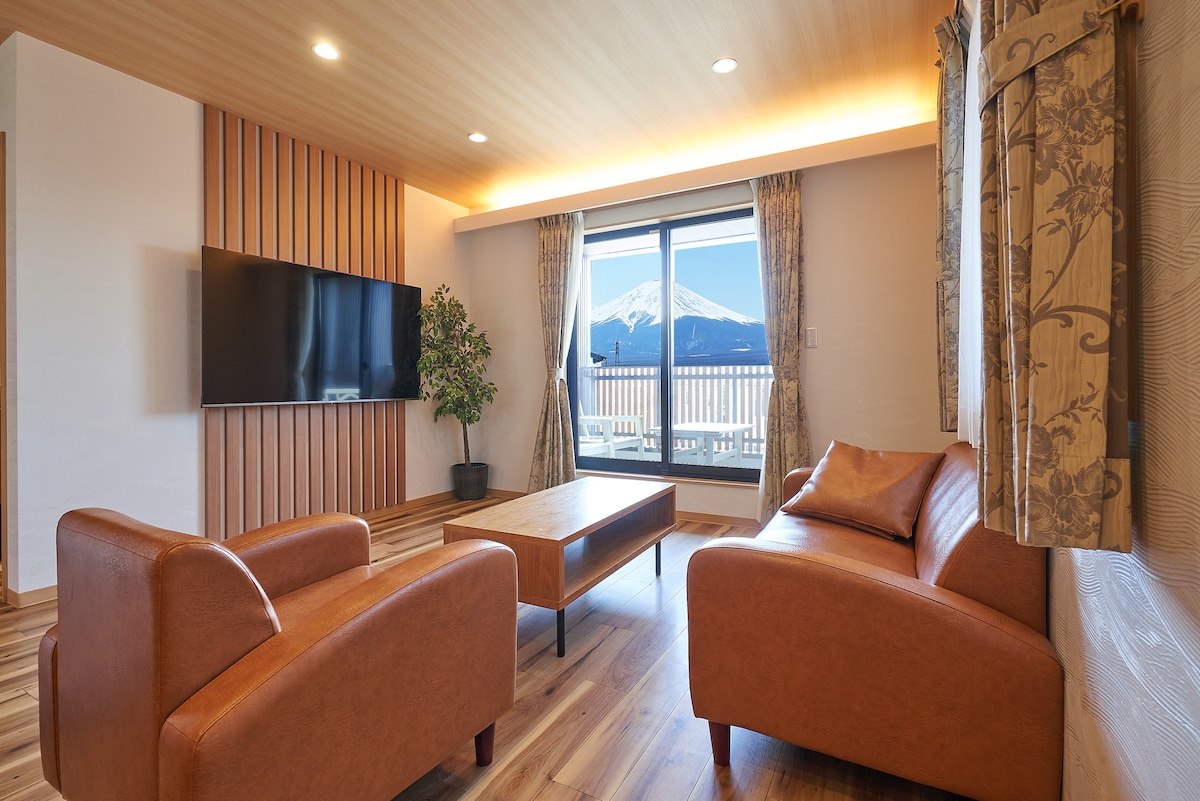
Mt. Fuji Resort Club -ZEN- Luxuary villa

Casablanca Pool House - 温水プール (Heatable Pool)
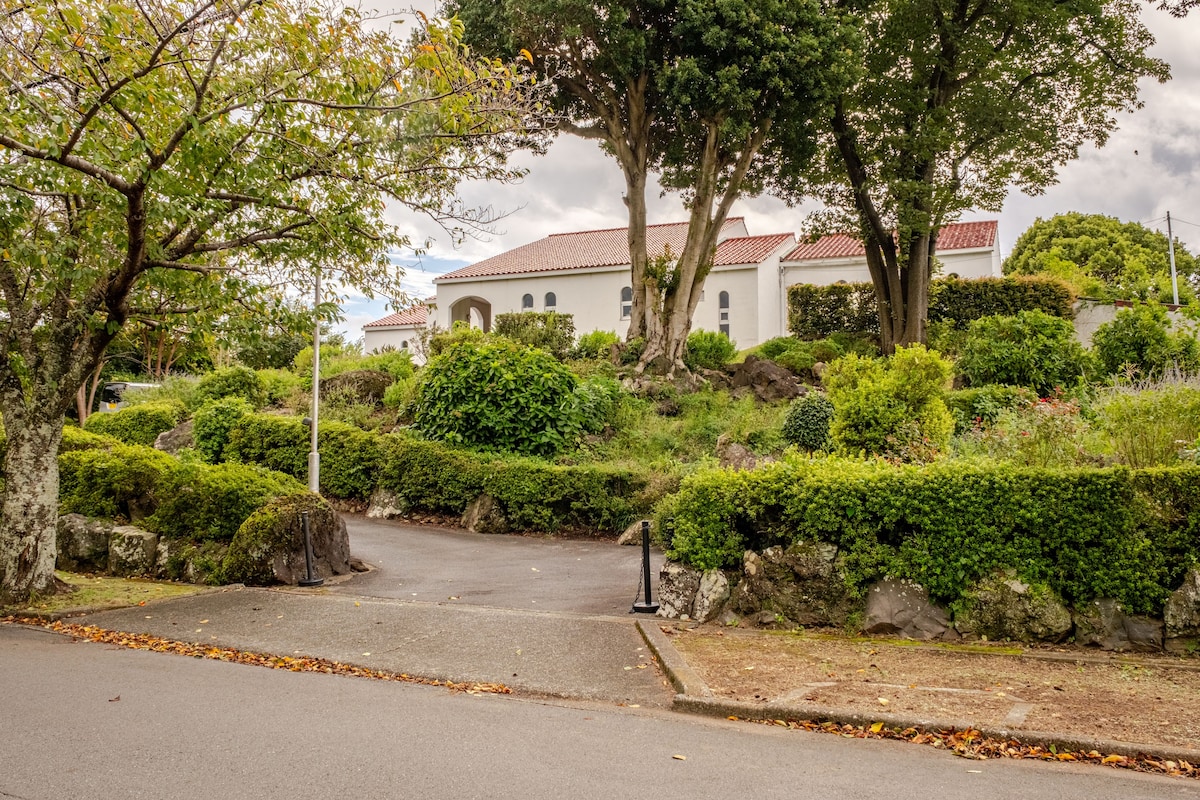
Amazing Ocean View Villa Ocean view, large yard, billiards, sauna!

5 mins to Namba/5LDK/Sustainable Designed villa
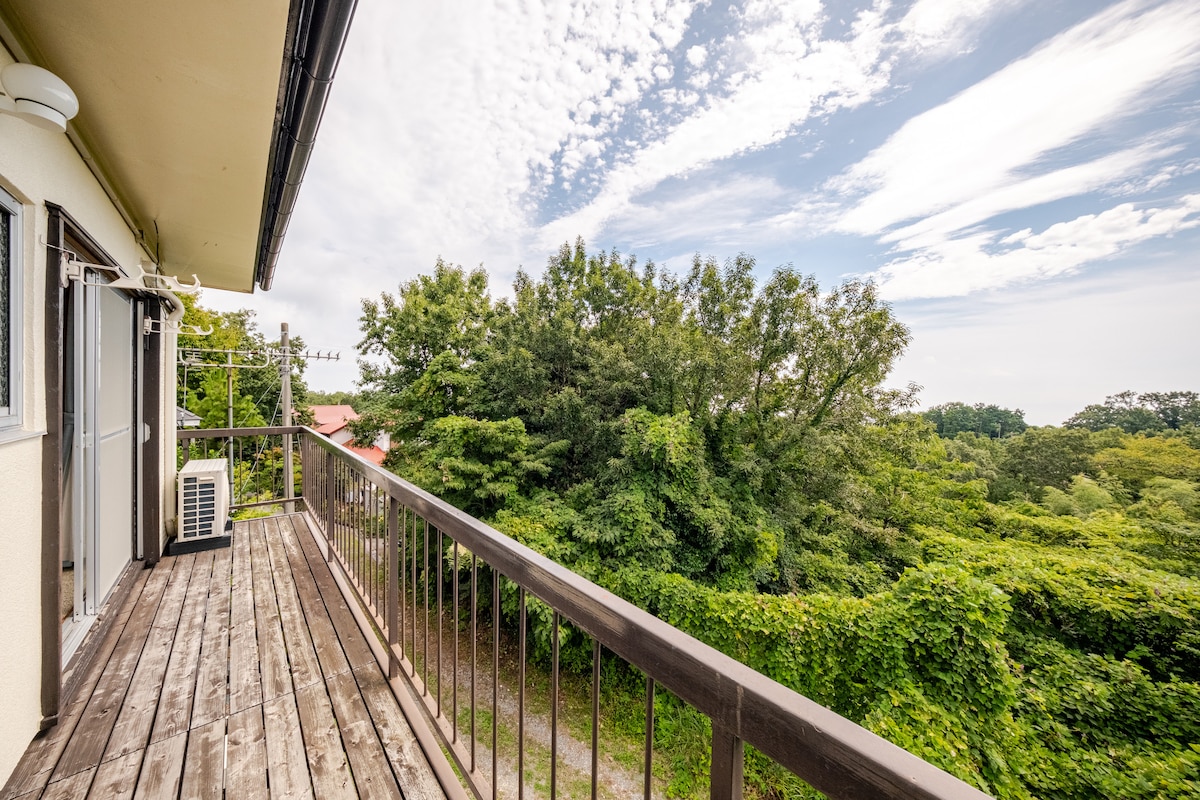
Masaya Villa in the Heart of Izu, Extension

Close to Kanazawa Station with families and children, ideal for group groups.Free on-site parking for 2 cars

Ocean view Okinawa traditional style villa Ryunon
Apartments in Japan
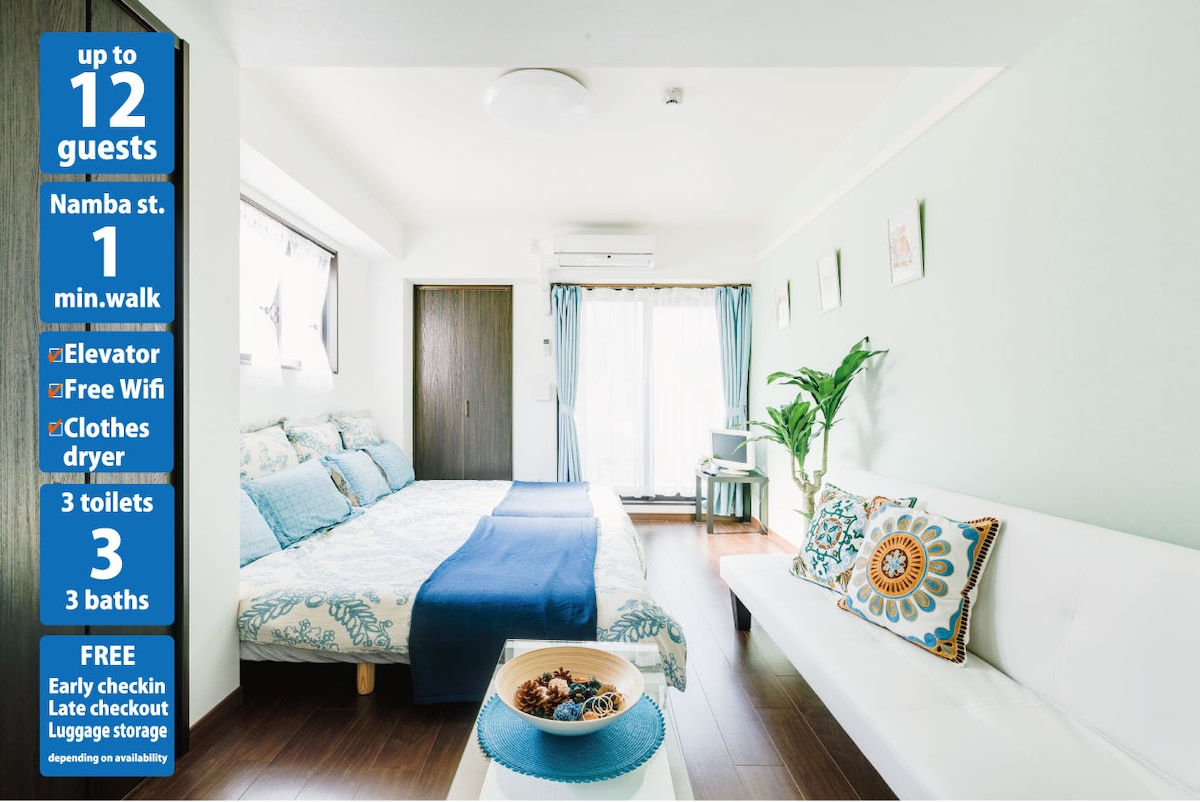
3units sets_1min Namba station! Great access
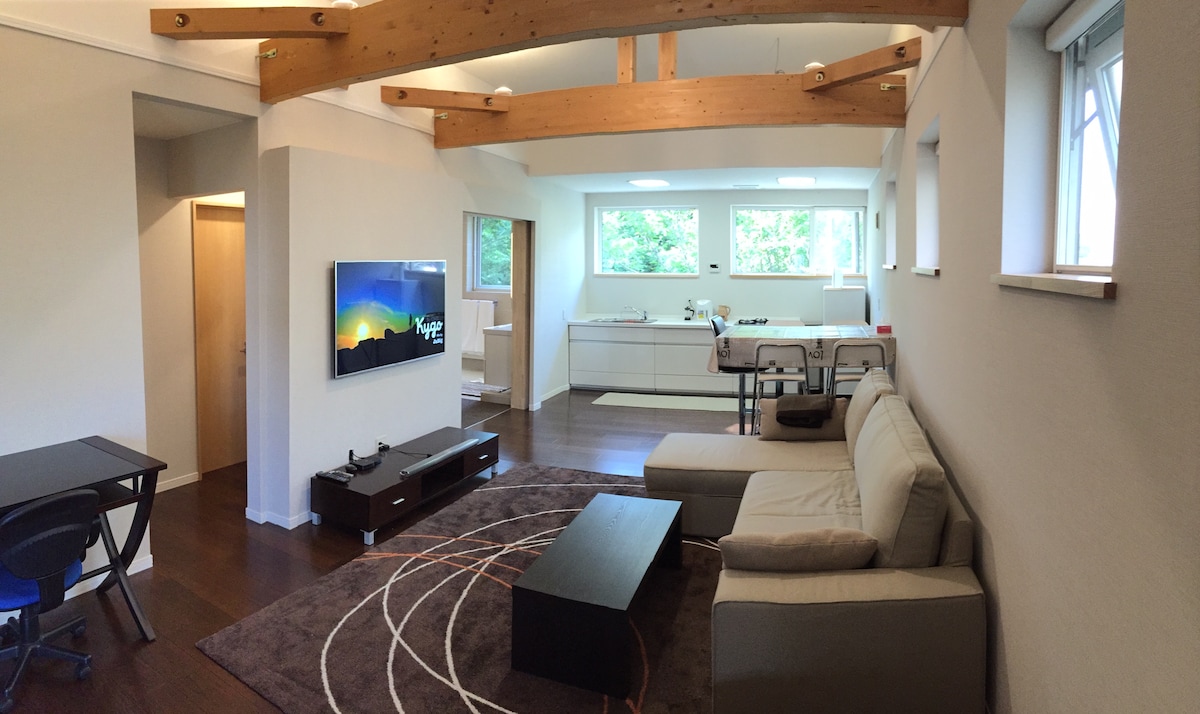
Private 1 B/Rm Apt - Forest View

Airport pick-up and drop-off, car payment A2
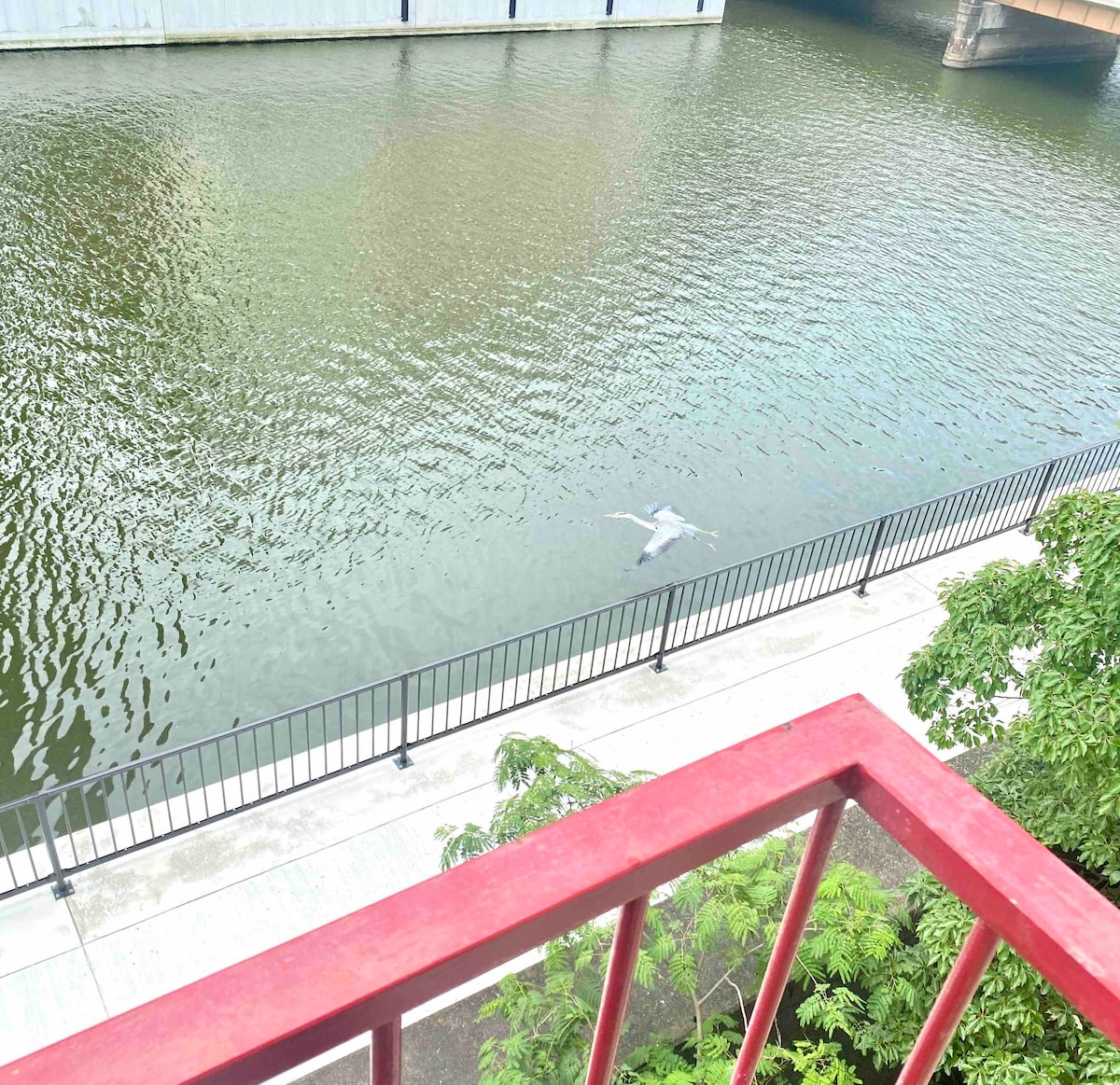
Osaka Dotonbori Riverside.4minutesfromNambaStation

7 minutes walk to Peace Memorial Park #202

201 Amemura/Dotonbori/Shinsaibashi area・A4201
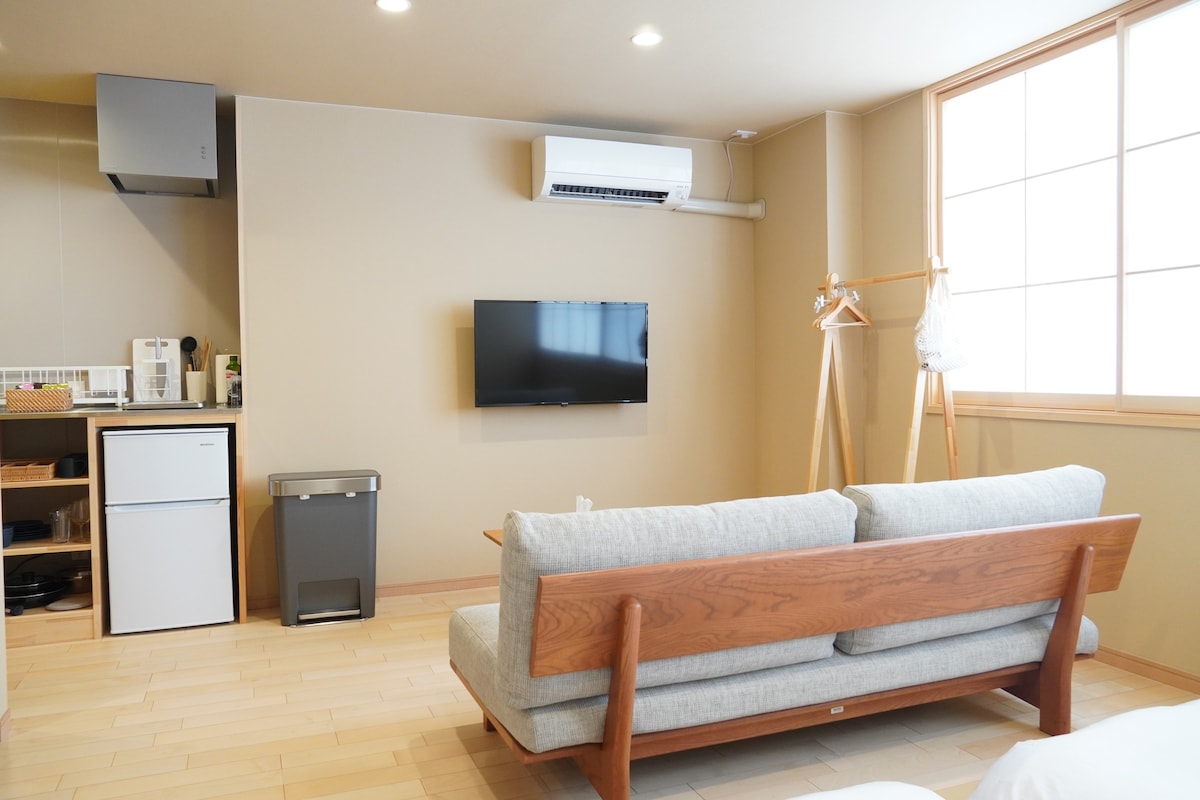
Rikka Apartment E Near Station Modern Japanese

The Seasons Apartments Hakuba - Apartment 3
Your guide to Japan
Welcome to Japan
Whether you’re new to Japan or you’ve traveled here many times, this country of 430 inhabited islands will unveil a new facet at every turn. You can take in the lakes and shrines surrounding Mount Fuji, the brilliant building-high signs of Osaka, the ancient temples of Kyoto, and the avant-garde architecture on remote Naoshima Island. Tokyo is a feast for urban aesthetes, with globally chic design stores, fashion boutiques, and cocktail bars, while the dramatic gorges and vapor-wrapped volcanos of Hokkaido’s national parks will thrill lovers of the outdoors.
It’s hard not to make Japanese cuisine a cornerstone of your visit, whether you’re sampling your way through regional styles of ramen or honoring the season’s most evocative ingredients with an elegant kaiseki meal. The twin assets of Japanese hospitality and the country’s well-designed infrastructure make it easy to experience Japan’s many delights, traveling between megacities and remote coastal villages.
The best time to stay in a vacation rental in Japan
Though it’s hard to make generalizations about an archipelago that stretches 1,900 miles, Japan is generally considered to have a temperate subtropical climate, with hot, humid summers, cool but mild winters, and a distinct spring and fall. The farther from Tokyo you travel, of course, the more you’ll want to consult local conditions. The climate in the snowy northern island of Hokkaido — where winter temperatures dip below freezing for a month or two — can be quite different from that of semi-tropical Okinawa in the south, where humid 90-degree summer days are the norm. On the main island of Honshu, spring (March-May) and autumn (September-November) are the most comfortable, not to mention the most popular times to visit. The landscape is at its most expressive then, especially during Japan’s famed cherry-blossom season in late March and early April. If you are traveling to Japan in late summer, monitor the weather reports for tropical cyclones blowing in from the Pacific Ocean, and keep in mind, September and October are the height of the country’s rain season, so bring waterproof outerwear as well as indoor plans.
Top things to do in Japan
Kyoto’s Higashiyama District
As the imperial seat for more than a millennium, Kyoto has preserved hundreds of stunning temples, palaces, gardens, and of course, the legendary geisha districts. The historic Higashiyama District is one of the most atmospheric corners in this tradition-minded city, and you can spend hours wandering down narrow streets lined with wood-frame houses and centuries-old artisan shops, darting into side streets to peek in small shrines, before visiting the 1,200-year-old Kiyomizudera temple, with its terrace overlooking downtown. Higashiyama shines brightest during the 10-day Hanatoro festival in March, when thousands of paper lanterns appear.
Hiking in the Japanese Alps
Seventy percent of Japan’s landmass is covered in mountain ranges, which curve along the entire sweep of the archipelago. One of the most glorious spots in the northern Japanese Alps is the 673-square-mile Chūbu-Sangaku National Park, located between Toyama and Nagano, 150 miles northwest of Tokyo. In the summer, you can hike along the Azusa river at Kamikochi, seek out the hot springs around Okuhida, or if you’re an experienced mountaineer, trek from mountain hut to mountain hut (make reservations beforehand). In winter, skiers and snowboarders make pilgrimages to the resorts at Hakuba.
Island-Hopping in Okinawa
If you don’t think of traveling to Japan for sublime beach time, you’ve never visited the Okinawan archipelago at the southern end of Japan. Using Okinawa City as your base, you can take ferries or short flights to reach some of its 160 far-flung islands. Go snorkeling in the clear turquoise waters surrounding Tokashiki Island, where clownfish and butterfly fish dart among the coral reefs. Loll on the powdery white-sand beaches of Hateruma Island. Wander around historic houses with tiled roofs and sculptures on Taketomi Island. Everywhere you go, you can sample Okinawa’s distinctive Ryukyuan cuisine, which incorporates influences from China and southeast Asia.
Destinations to explore
- Nature eco lodge rentals Japan
- Waterfront rentals Japan
- Boutique hotel rentals Japan
- Campsite rentals Japan
- Bed and breakfasts Japan
- Loft rentals Japan
- Rentals with beach access Japan
- Fitness-friendly rentals Japan
- Rentals with an EV charger Japan
- Rentals with a sauna Japan
- Rentals with breakfast Japan
- Kid-friendly rentals Japan
- Aparthotel rentals Japan
- Earth house rentals Japan
- Bungalow rentals Japan
- Serviced apartment rentals Japan
- Rentals with a fireplace Japan
- Rentals with an accessible height bed Japan
- Beach house rentals Japan
- Villa rentals Japan
- Rentals with outdoor seating Japan
- RV rentals Japan
- Rentals with an accessible height toilet Japan
- Farmstay rentals Japan
- Family-friendly rentals Japan
- Ryokan rentals Japan
- Rentals with lake access Japan
- Condo rentals Japan
- Cabin rentals Japan
- Private suite rentals Japan
- Hotel rentals Japan
- Beachfront rentals Japan
- Tiny house rentals Japan
- Rentals with a fire pit Japan
- Rentals with a patio Japan
- Rentals with a washer and dryer Japan
- House rentals Japan
- Guesthouse rentals Japan
- Hostel rentals Japan
- Pet-friendly rentals Japan
- Ski-in/ski-out rentals Japan
- Apartment rentals Japan
- Smoking-friendly rentals Japan
- Mansion rentals Japan
- Rentals with pools Japan
- Chalet rentals Japan
- Rentals with a hot tub Japan
- Rentals with a home theater Japan
- Townhouse rentals Japan
- Rentals with a kayak Japan
- Cottage rentals Japan
- Shipping container rentals Japan
- Yurt Rentals United States
- Yurt Rentals United Kingdom
- Castle Rentals United States
- Houseboats United States
- Holiday Caravans United Kingdom
- Private Island Rentals United States
- Farm Houses United States
- Farm Cottages United Kingdom
- Cabin Rentals Australia
- Luxury Cabins United Kingdom
- Luxury Cabins United States
- Holiday Chalets United Kingdom
- Cottage Rentals United States
- Holiday Cottages United Kingdom
- Mansion Rentals United States
- Villa Rentals United Kingdom
- Holiday Bungalows United Kingdom
- Bungalow Rentals United States
- Condo Rentals United States
- Holiday Apartments Australia
- Holiday Houses United States
- Holiday Houses United Kingdom
- Private Holiday Rentals United Kingdom
- Big House Rentals United States
- Big Cottages Australia
- Large Villas United Kingdom
- House Rentals with a Pool United States
- Cabin Rentals with a Pool United States
- Villas with a Pool United Kingdom
- Apartments with a Hot Tub United States
- Holiday Cottages with a Hot Tub United Kingdom
- Beach Cabins United States
- Beach Condos United States
- Beachfront Rentals United States
- Beach Houses United Kingdom
- Beach Villas United Kingdom
- Coastal Cottages United Kingdom
- Pet-Friendly Vacation Rentals United States
- Pet-Friendly Beach Rentals United States
- Pet-Friendly Cabin Rentals United States
- Dog-Friendly Cottages United Kingdom
- Luxury Dog-Friendly Cottages United Kingdom


